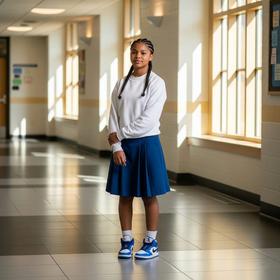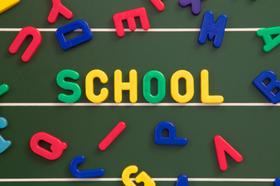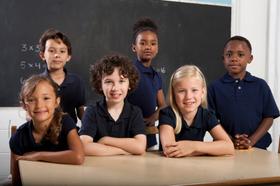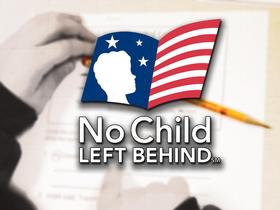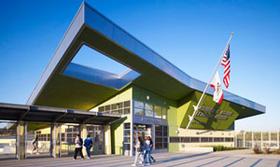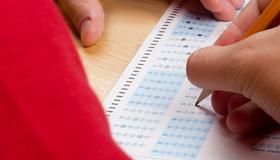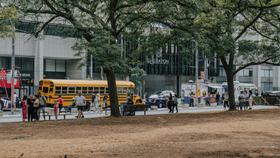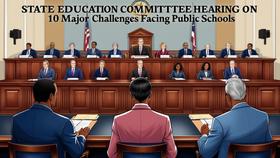In 2025, the age-old debate of private versus public schooling remains deeply relevantŌĆöbut the landscape has evolved significantly. For parents, students, and educators, understanding the current dynamics can help make informed decisions about school choice. HereŌĆÖs an updated look, drawing on the most recent data, policy changes, and expert insights.
Enrollment & Demographics
Today, public schools continue to educate the vast majority of U.S. KŌĆō12 students. According to data derived from the U.S. Department of Education, public schools enroll approximately 49.5 million students ŌĆö about 90% of the total student population.
Private schools, by contrast, serve only a small fraction ŌĆö just under 10%, or around 4.6 million students, per 2025 estimates.
Within the private sector, most schools remain relatively small: more than 44% of private schools enroll fewer than 300 students, while over 60% of public schools enroll more than 500 students, according to recent analysis. ()
Religious affiliation continues to define much of private education. According to the Pew Research Center, about 35% of private school students attend Catholic schools, while another 23% are in secular private schools. ()
Tuition, Spending & Financial Realities
One of the starkest differences between public and private schools lies in their financing. Public schools are primarily funded via local, state, and federal tax revenue. By contrast, private schools rely heavily on tuition and donations.
The average private



